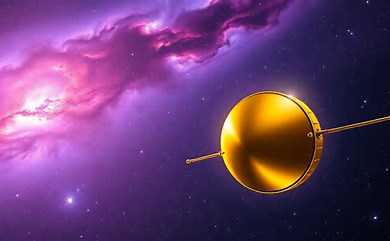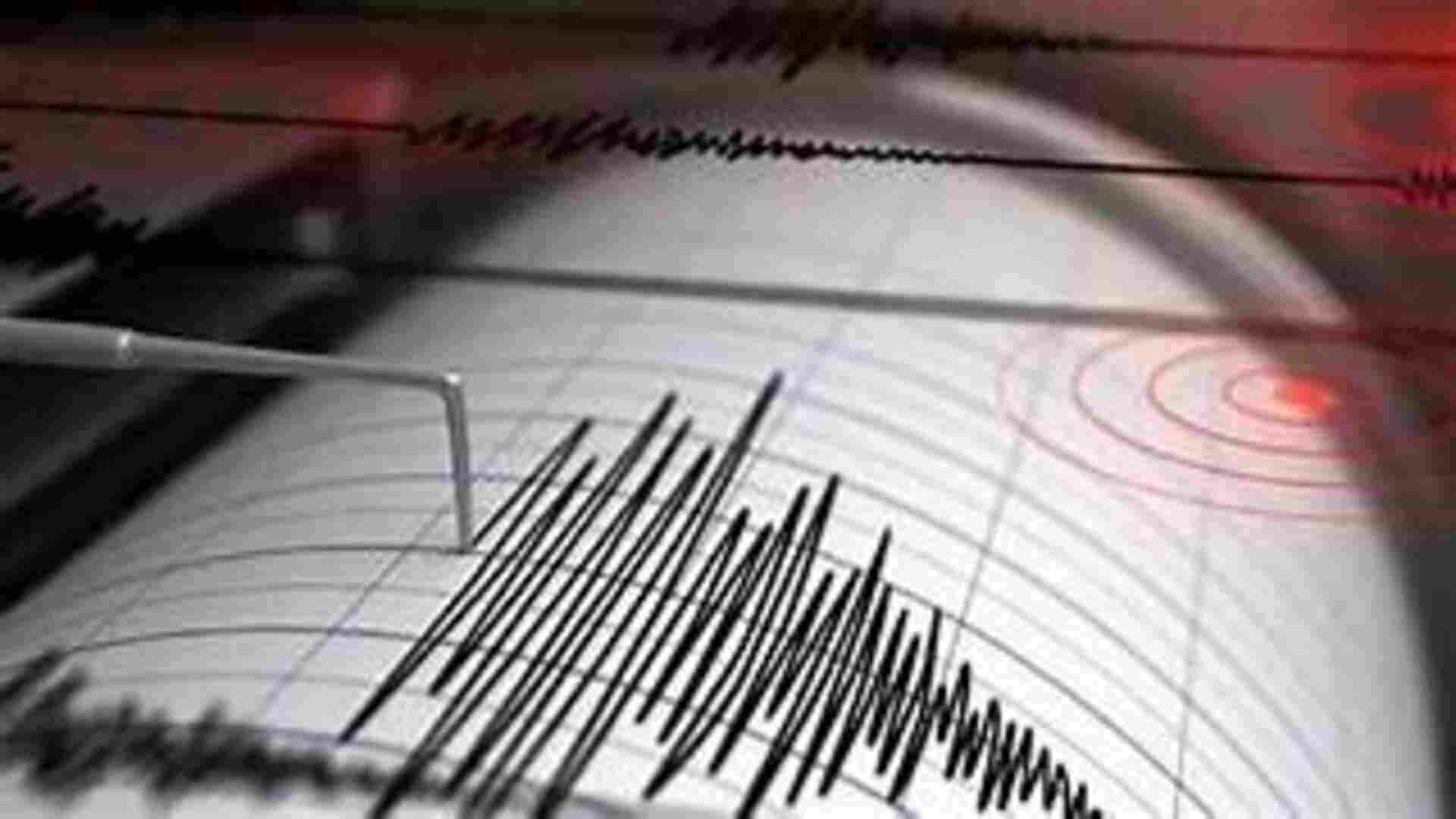NASA’s Voyager 1 spacecraft, launched in 1977 and now over 15 billion miles away, has resumed communication with Earth after a brief silence. Using an old transmitter not active since 1981, NASA engineers at the Jet Propulsion Laboratory (JPL) managed to reconnect with Voyager, bringing the distant probe back to life.
Communication Breakdown: A Glitch in Deep Space
On October 16, Voyager 1 experienced an unexpected shutdown of its primary transmitter, likely triggered by its fault protection system, which automatically disables certain systems when power demand is high. As a result, NASA engineers lost contact with the spacecraft and couldn’t confirm its response until October 18, when communication halted entirely.
Investigating the Cause of the Shutdown
After an investigation, NASA found that Voyager’s fault protection system had automatically switched to its alternate transmitter, the “S-band,” which has been inactive since 1981. Typically, Voyager 1 relies on the “X-band” transmitter, but engineers decided to activate the S-band as a temporary measure while diagnosing the problem.
“Engineers are cautious about switching back to the X-band until they fully understand the fault,” shared Bruce Waggoner, Voyager mission assurance manager. Testing on October 22 confirmed the S-band’s functionality, re-establishing communication by October 24. However, this fix is considered temporary.
Voyager 1: A Historic Journey into Interstellar Space
Voyager 1, launched shortly after its twin, Voyager 2, took a faster route and became the first human-made object to enter interstellar space. Since launch, Voyager 1 has discovered new moons and rings around Jupiter and Saturn, including two Jovian moons, Thebe and Metis, and Saturn’s G-ring.
Voyager 1 crossed the heliosphere, a boundary where interstellar forces are stronger than solar ones, in 2012. The resilient probe continues to send valuable data from beyond the solar system, showcasing the durability of 47-year-old technology.























